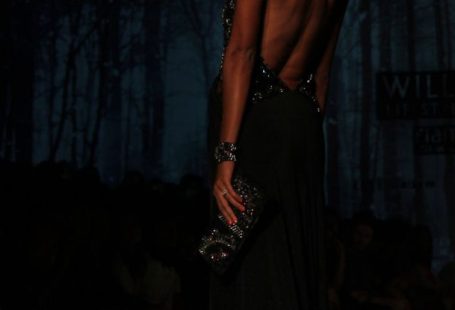The world is full of vibrant colors that can evoke emotions, set moods, and make a lasting impression. Whether you are choosing a color scheme for your home decor, planning an outfit, or designing a logo, understanding which color combinations work best can make all the difference. The right color palette can enhance visual appeal, create harmony, and communicate a message effectively. Let’s delve into the realm of color combinations and discover the magic they hold.
**Harmonious Hues**
Harmonious color combinations are those that are adjacent to each other on the color wheel. These combinations create a sense of balance and unity, making them pleasing to the eye. For example, pairing blue with purple or green with yellow can result in a harmonious color scheme that is tranquil and calming. These combinations work well in spaces where you want to promote a sense of relaxation and serenity, such as bedrooms or meditation rooms.
**Contrasting Colors**
Contrasting colors are found opposite each other on the color wheel. These combinations create a dynamic and energetic look that grabs attention. For instance, pairing blue with orange or purple with yellow can create a striking visual impact. Contrasting colors are often used in branding and marketing to make a bold statement and stand out from the competition. When used thoughtfully, contrasting color combinations can add excitement and vibrancy to any design.
**Analogous Accents**
Analogous color combinations consist of colors that are next to each other on the color wheel. These combinations are harmonious yet offer more variety than monochromatic schemes. For example, combining shades of blue, green, and teal can create a sophisticated and cohesive look. Analogous color schemes are versatile and can be used in various settings, from interior design to fashion. They offer a subtle way to add depth and interest without overwhelming the senses.
**Monochromatic Masterpieces**
Monochromatic color schemes involve using different shades and tints of a single color. This approach creates a sophisticated and elegant look that is easy on the eyes. For instance, combining light blue with navy and sky blue can result in a monochromatic masterpiece that exudes a sense of tranquility and sophistication. Monochromatic color schemes are popular in interior design as they create a sense of cohesion and simplicity while allowing for subtle variations in tone.
**Bold and Bright**
Bold and bright color combinations involve using vibrant hues that command attention. These combinations are often used in modern and eclectic designs to create a sense of energy and playfulness. Pairing hot pink with lime green or electric blue with neon yellow can create a visually stunning effect that is sure to make a statement. Bold and bright color combinations are perfect for those who want to inject personality and creativity into their designs.
**Sophisticated Neutrals**
Neutral color combinations consist of earth tones, whites, grays, and blacks. These combinations are timeless and versatile, making them perfect for creating a sophisticated and elegant look. Pairing beige with cream or charcoal with dove gray can result in a chic and understated color scheme that never goes out of style. Neutral color combinations are ideal for creating a sense of calm and balance in any space.
**In Summary**
Color combinations play a crucial role in design, influencing how we perceive and interact with our surroundings. Whether you prefer harmonious hues, contrasting colors, analogous accents, monochromatic masterpieces, bold and bright schemes, or sophisticated neutrals, the key is to understand the emotions and messages each combination conveys. By choosing the right color palette, you can create a visual experience that resonates with your desired aesthetic and leaves a lasting impression on others. So, next time you are faced with a color choice, consider the power of color combinations and unleash your creativity with confidence.





